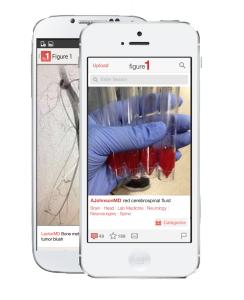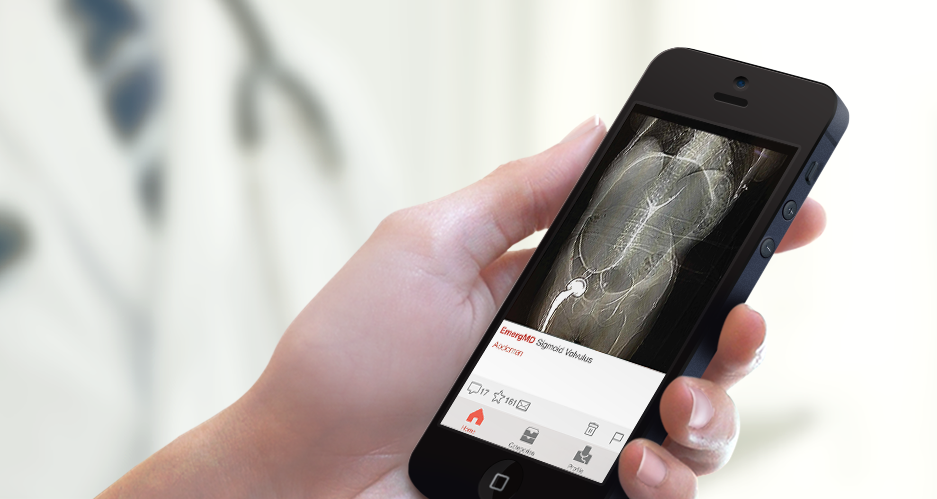Figure 1, the Instagram for doctors, aspires to change the way that physicians around the world collaborate.
Figure 1 is a free app for sharing medical images. The vast collection of archived images allows health professionals and medical learners to view everything from classic textbook cases of winged scapula to the once-in-a-lifetime cases of harlequin ichthyosis.
Members can upload and comment on images to start a dialogue about a confusing diagnosis or treatment of a disease. Images are reviewed by the chief medical officer and a team of moderators before they are displayed.
 Dr. Joshua Landy is the chief medical officer of Figure 1. Landy, along with co-founders Greg Levey and Richard Penner, officially launched the app in January 2013.
Dr. Joshua Landy is the chief medical officer of Figure 1. Landy, along with co-founders Greg Levey and Richard Penner, officially launched the app in January 2013.
“The idea really crystallized for me when I was a visiting scholar at Stanford in 2012,” said Landy.
At Stanford, Landy studied the workflow habits of young physicians, residents and medical students and looked at the relationship between education and clinical work. Landy said he was interested in blurring the line between behaviors used in educational and in clinical settings.
Landy partially attributes the success of the app to the culture of medicine, specifically in the ways that physicians communicate with each other and how physicians-in-training are educated.
“Medicine is asynchronous in its communications, which is why pagers stuck around so long,” said Landy. Unlike a telephone conversation in which there is a fluid transmission of information, Figure 1 enables users to post questions or content and return to the case at a convenient time in the future. Landy believes this form of communication, already familiar in the field of medicine in the form of charts and patient notes, is a subtle reason for Figure 1’s success.
In terms of medical education, Landy says Figure 1 was providing the right tool at the right time.
“Med students are a great example of people who are absorbing everything they see, but it doesn’t stop when you finish med school. As soon as you’re not the most junior member of the medical team, you are in charge of teaching the people on the rungs below you,” explained Landy.
Landy believes that sharing is intrinsic to medical education, and that tools are most effective when they are accessible and easy to use.
“I totally believe that medical education needs to be accessible, and putting it behind paywalls, all that does operationally is prevent people who need to know the stuff from learning that stuff. Everybody loses in that situation,” said Landy.
Landy explained that everybody also loses in a situation where people are expected to use tools that are too difficult to navigate.
“Needing people to do a job and giving them tools that are hard to use just makes the job harder,” Landy said. He points out that hospital software is often old and difficult to use, and with Figure 1, it was a priority to create an app that sidestepped some of the intense regulations and committee-based approval required for hospital software.
Figure 1 has been criticized for operating outside of the sphere of traditional software, with most of the concern of the app centered around patient confidentiality. A piece by the BBC quotes Dr. Ellie Cannon who said, “even uploading from a certain doctor may go some way to identify a patient.”
She raised a further concern about patient rights, asking, “And can a patient later opt out? We’ve seen with other sites the downsides of sharing too much.”
The app appears to mitigate such concerns by providing an in-app consent form and image editing tools which can be used to remove identifying information. Additionally, any faces are automatically removed by face detection software and posts or comments can be flagged.
Privacy legislation was taken into account when the app was developed and, according to Landy, this remains the main barrier to expansion of the app. Landy explained that his team has been contacting lawyers in various countries to ensure everything is properly phrased and documented.
Despite this challenge, they plan to continue to increase the number of countries in which the app is available. Figure 1 finished launching in 38 countries in January.
“Images in medicine aren’t language specific,” said Landy.
In addition to improving accessibility, a benefit to having Figure 1 available in many countries is that it provides a window into health conditions one may not otherwise encounter.
“We live in a really hygiene-obsessed society: our water is clean, we have access to antibiotics everywhere. Some of the classic presentations of disease have totally disappeared,” said Landy.
As part of this expansion, Figure 1 implemented the addition of hospital accounts on January 20 of this year. Cincinnati Children’s Department of Radiology became the first hospital account on Figure 1.

“We’re all incredibly excited and they’ve been a terrific partner so far,” said Landy.
Dr. Saad Ranginwala, a radiology resident at Cincinnati Children’s, said that Figure 1 reached out to them following the success of their Instagram account.
“We’ve had an Instagram account running since August. I had previously explored using Twitter as a resource for education and given that Instagram is image-based and allows for pretty robust captions, it seemed like a perfect platform to share educational content for radiology,” said Ranginwala.
Speaking about the Figure 1 community, Dr. Alex Towbin, Neil D. Johnson Chair of Imaging Informatics at Cincinnati Children’s in the Department of Radiology, said, “We’ve been pleasantly surprised at how engaged the community is. It gives us the opportunity to teach, which is what we were really hoping to do.”
Towbin said that they liked that Figure 1 provides a dedicated community of medical professionals. Conversely, with Instagram, the challenge is to find people who might be interested in your content among millions of users.
“I would absolutely recommend it. I think it’s a great way for a department to showcase what they’re seeing in their hospital setting and differentiate what’s special about your institution. We can all learn from each other. I think it’d be really nice if other departments joined us,”said Ranginwala.
The Cincinnati Children’s Hospital’s Department of Radiology has been posting images with different themes for different weekdays. This includes #MSKMonday, #TummyTuesday, #NeuroWednesday, #ThoraxThursday and #FridayQuizDay. An image posted in their first week was featured by Figure 1 as Image of the Week and as part of their blog.
On social media’s role in medical education, Towbin said, “it’s condensed: one teaching point, one pearl, so hopefully it’s something you retain.”
Landy was also enthusiastic about the prospect of different hospitals and departments getting involved. “It’s exciting to think about. Imagine, a cardiology department could have an account and you could get all these really great ECGs,” said Landy.
With the recent expansion in Figure 1, new services are also being offered by the app. Users can now follow other users or categories of images. Figure 1 now features an Image of the Week which contains a description of the importance of that particular case. The recently introduced Discover program provides even more detailed descriptions of some of their most compelling images.
Further, they are beginning a digest in which members will be able to sign up for newsletters about interesting cases within their specialty of interest.
The success of the app thus far has been both encouraging and surprising to Landy. “We have an abnormal app store account,” said Landy. “The comments are so positive with so many glowing things that people have said.”
When asked about the future of Figure 1, Landy said, “We try to take our cues from what users tell us, mostly. We try to introduce things slowly so if it looks like it’s working, we adjust it to find the right amount of whatever that new feature is.”
Figure 1 is available through the App Store and through Google Play, or individuals can register through their website.

